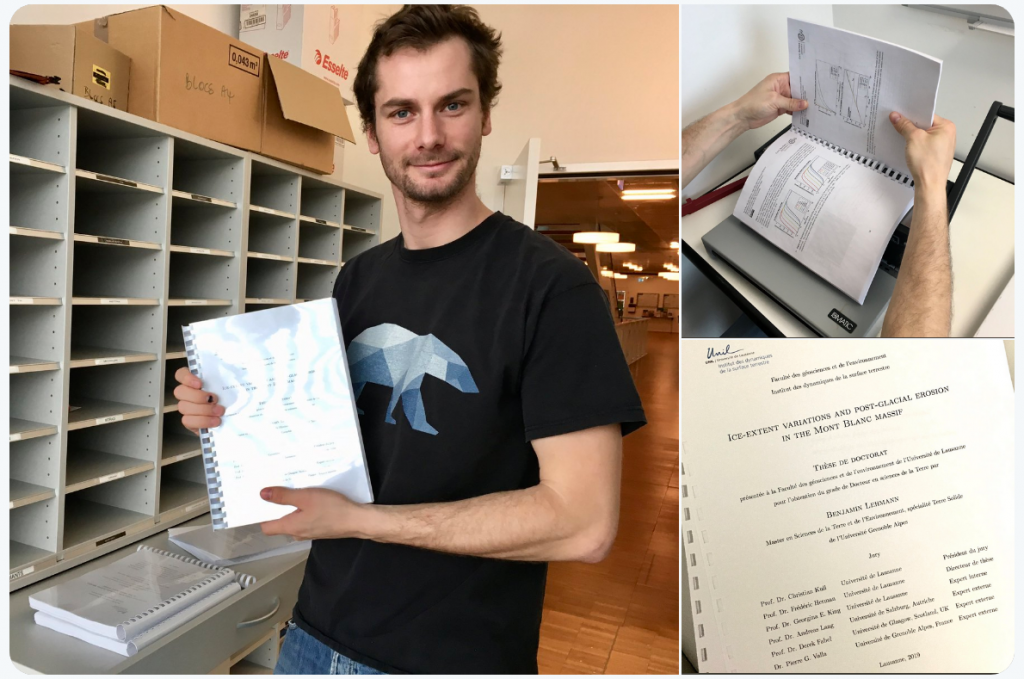New adventures – farewell Lily and Rabiul!
It is bitter sweet to say farewell to Lily Bossin and Rabiul Biswas this month, who have both secured permanent academic positions elsewhere.
Rabiul joined IDyST as a Senior SNSF Scientist in 2015. He has been involved in numerous projects since then, especially the development of thermoluminescence thermochronometry, and more recently thermoluminescence thermometry. Rabiul has secured an Assistant Professor position in the Department of Earth Sciences at the Indian Institute of Technology Kanpur.
Lily joined IDyST as a post-doctoral researcher in February 2019. She was key to the establishment of the Electron Spin Resonance dating laboratory and has been working towards the establishment of measurement protocols for ESR thermochronometry. Lily has secured a position as a Physicist at the Paul Scherrer Institute in Villigen, Switzerland.
This is a fantastic and very much well deserved achievement for both Lily and Rabiul, and whilst we will miss them, we wish them the best of luck in their new positions and for their future careers!

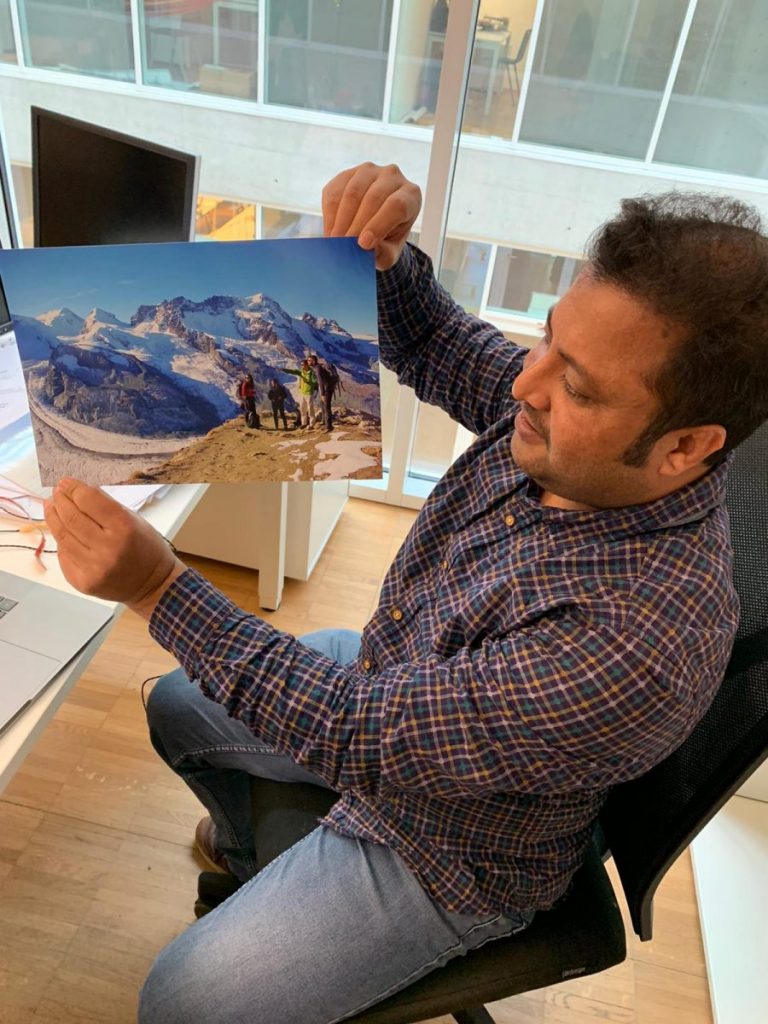

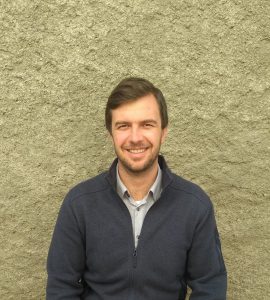
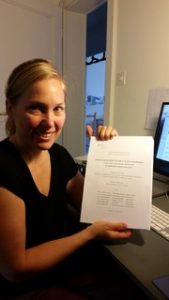 Nadja Stalder submitted her PhD thesis this week, titled “Interactions between tectonics, climate and erosion – a case study of the Central Andes using low-temperature thermochronology”. Congratulations Nadja!
Nadja Stalder submitted her PhD thesis this week, titled “Interactions between tectonics, climate and erosion – a case study of the Central Andes using low-temperature thermochronology”. Congratulations Nadja!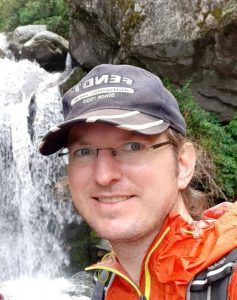 Christoph Schmidt joined ICE on April 1st.
Christoph Schmidt joined ICE on April 1st.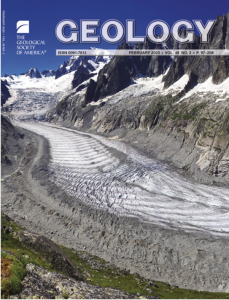
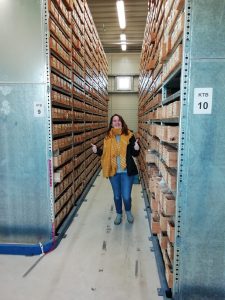
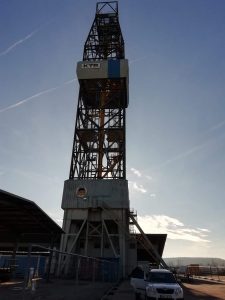
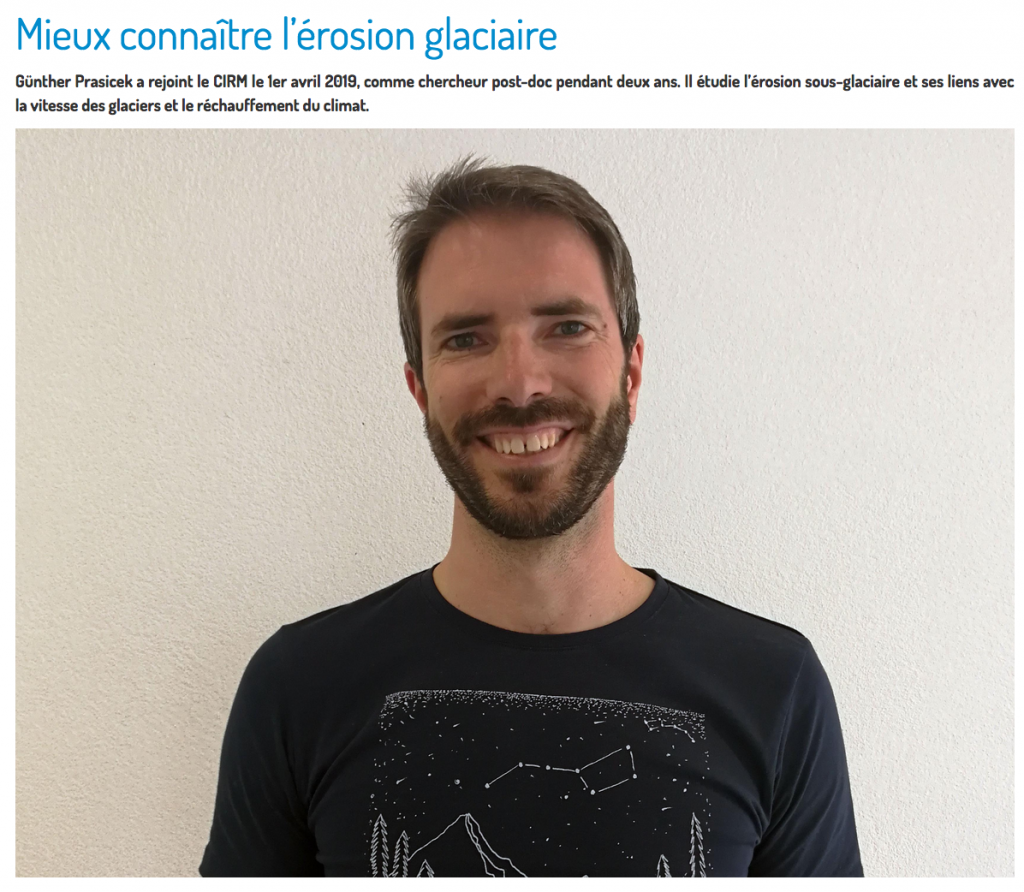 Find details about his project
Find details about his project 